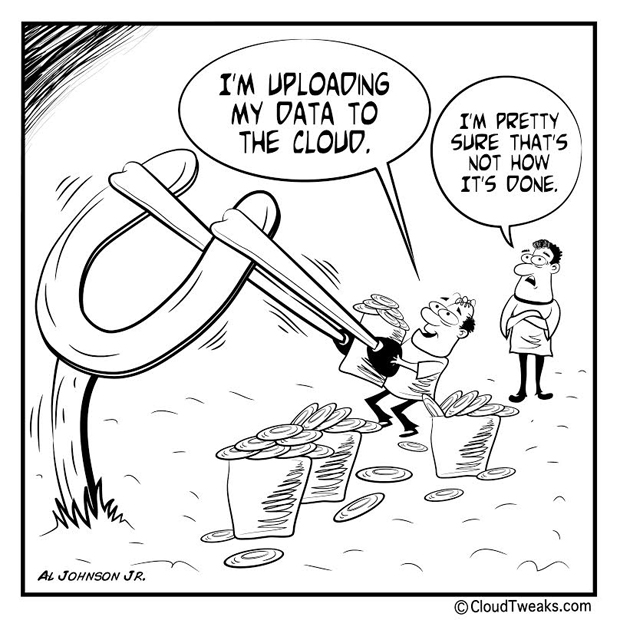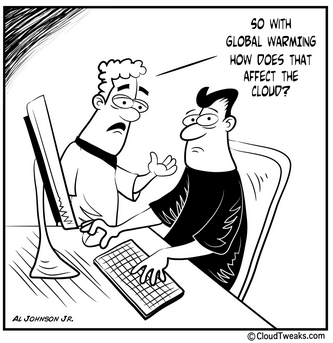How Big Data Is Influencing Web Design
For all you non-techies…
You’re probably wondering what big data is (I know I was….a few years back) so let’s get the definitions out of the way so we’re on the same page, okay?
Big data is A LOT of data – really, it is. It is a catchy and rather new term that refers to a large volume of both data, structured and unstructured, that is impossible to process using traditional software techniques. It takes on terms like exabytes which are 1,024 pentabytes, where a pentabyte is 1024 terabytes (now you see why it’s call big?).
While the term does seem to lean to the massive amounts of information, it is sometimes used by vendors when referring to the technology needed to handle large amounts of data. So it can be referring to both the data and the technology needed for it, okay?
Now that we have that out of the way…
You can appreciate the need to develop the best possible web designs that can handle these massive amounts of data, right? And it’s not just about containing the data but using it in a way that will help you actualize the goals of the website.
You see, back in the day when the Internet was still a new development, people were impressed by the ability to have a lot of information at the click of their mouse (all you young ones can Google what a mouse was). It was the quantity of data that was impressive but now, anyone can access this information pretty much on their own; so what is the incentive to get on your website?
Design, design, design!

It is what you do with the data that will determine whether you get as many visitors to your site as you can or not. This refers to both the presentation and the arrangement of your data in a way that is useful to your clients, and this will be determined by your web design – something the techies call data-driven design.
The benefits of letting your data determine you web design are endless; from enhancing iterative design to getting prompt information on how people interact with the design and the information. You will also get to have data that you can use for future work and possibly automate web development in the future.
It is not an entirely foreign concept this data-driven design. Many other industries have applied it to improve their products and services. For instance, in the healthcare industry, big data in the form of medical history, employment and residential information among others, is used to improve patient care as well as determine the best possible course of treatment. So it is the same concept only referring to web design.
Critical Questions
Before you embark in the designing for big data, there are a few questions you will have to answer.
1. What are your objectives?
What exactly would you like the design to achieve for you? Do you just want to join different datasets or find information about high-value clients faster? Begin with the end in mind but also be open to redefining those goals as you go through the data you have. You just might find something interesting.
2. What is the nature of your data?
You need to know where you data is coming from, how much data you have moving through your system and where this data integrate within the current system. This will help you consolidate all the data about each client from all the different sources and convergence points within your current system. This way, you don’t lose any information.
3. Which platform?
This will be determined by the kind of data you have as well as the volume. Based on this information, you can then decide what will work with you specific needs in order to provide adequate support.
Important things to remember
Once you have all these questions answered, there are a few things you will have to keep in mind as you start designing your website.
- Easy does it
Don’t flood all your information onto your new platform all at once. Bring it in slowly to see how it works and how the staff responds to it. Start offline and in small batches before moving to real-time processing of large quantities of data.
- Develop an updating system
Your data will need refreshing from time to time in order to remain current and relevant. You will need to find out how you can make these updates to your big data platform as easily and quickly as possible.
- Get a feedback loop
You will need datasets that can make the existing systems smarter and this will be done using a feedback loop. These smaller datasets will be able to improve existing applications by providing real-time information from systems that they were previously impervious to or entire unaware of.
- Establishing and evaluating analytics
As your feedback loop grows large enough to link all your data sources, you can start data mining and conducting behavioral analysis to make better predictions and optimize resources. This way, you can stay on top of trends within your industry and give yourself a competitive edge.
- Privacy is paramount
With all that information there is a great chance of losing privacy of your users’ information; that must never happen! Emphasize user privacy in your design at every level and especially in niche segments. This is especially true if sensitive user information will be needed during transactions with the website link bank accounts, residential addresses and all that.
- Training the users
Big data web design will change how things work. This is because it necessitates greater access by the end users in order to give real time. As a result, it is important for organizations to educate their staff on how to use big data as a team to achieve the set objective.
- It’s an ongoing process
Transitioning to big data web design is an ongoing process. There will be some kinks to iron out and you will have to constantly evaluate the system to see if you are getting what you need from it.
It’s all about the experience
At the end of the day, using big data (also known as business intelligence) to develop a web design is all about creating an experience that is attractive and satisfactory to the user. Clients are often more impressed with a personalized experience than a standard, albeit efficient one. The good news is you have all that data; you just need to be smart about how you use it.
By Jack Dawson
Jack is a web developer and UI/UX specialist at BigDropInc – http://bigdropinc.com. He works at a design, branding and marketing firm, having founded the same firm 9 years ago. He likes to share knowledge and points of view with other developers and consumers on platforms.
- Security Survey: Enterprises Unequipped To Detect And Deal With Attacks - January 13, 2016
- Trends: The CIO’s Business Card – Chief Productivity Officer - January 12, 2016
- When Artificial Intelligence Becomes Personal - January 11, 2016
- How Data Privacy Reform Is Wreaking Havoc In The Cloud - January 11, 2016
- 5 Tips To Host A Successful Conference In The Cloud - January 11, 2016







Sorry, comments are closed for this post.